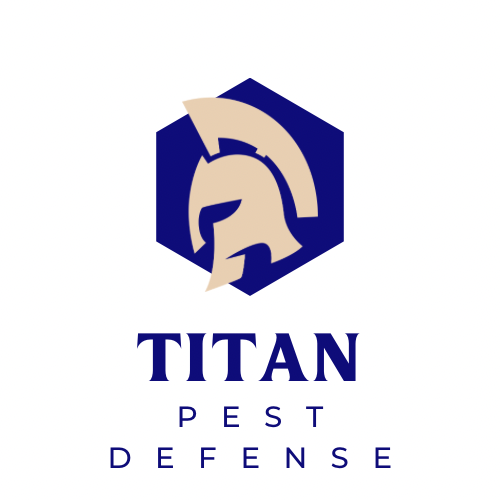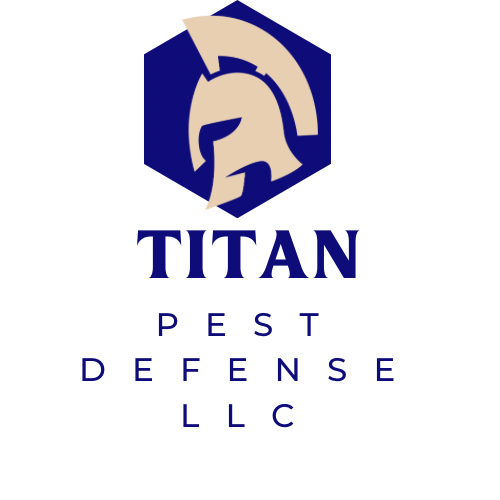Tree & Shrub Insects
Don’t let your trees and shrubs fall victim to insect damage. Learn more about the pests that could be harming your plants.
Ambrosia Beetle
- Commonly Found on: Crepe myrtles, conifers, maples, woody shrubs, and more
- Active in: Spring and summer
Ambrosia beetles are attracted to stressed or dying trees that release ethanol. Female beetles bore into the trees and introduce ambrosia fungus, which can cause the plant to die due to the fungus, boring damage, or secondary infections.
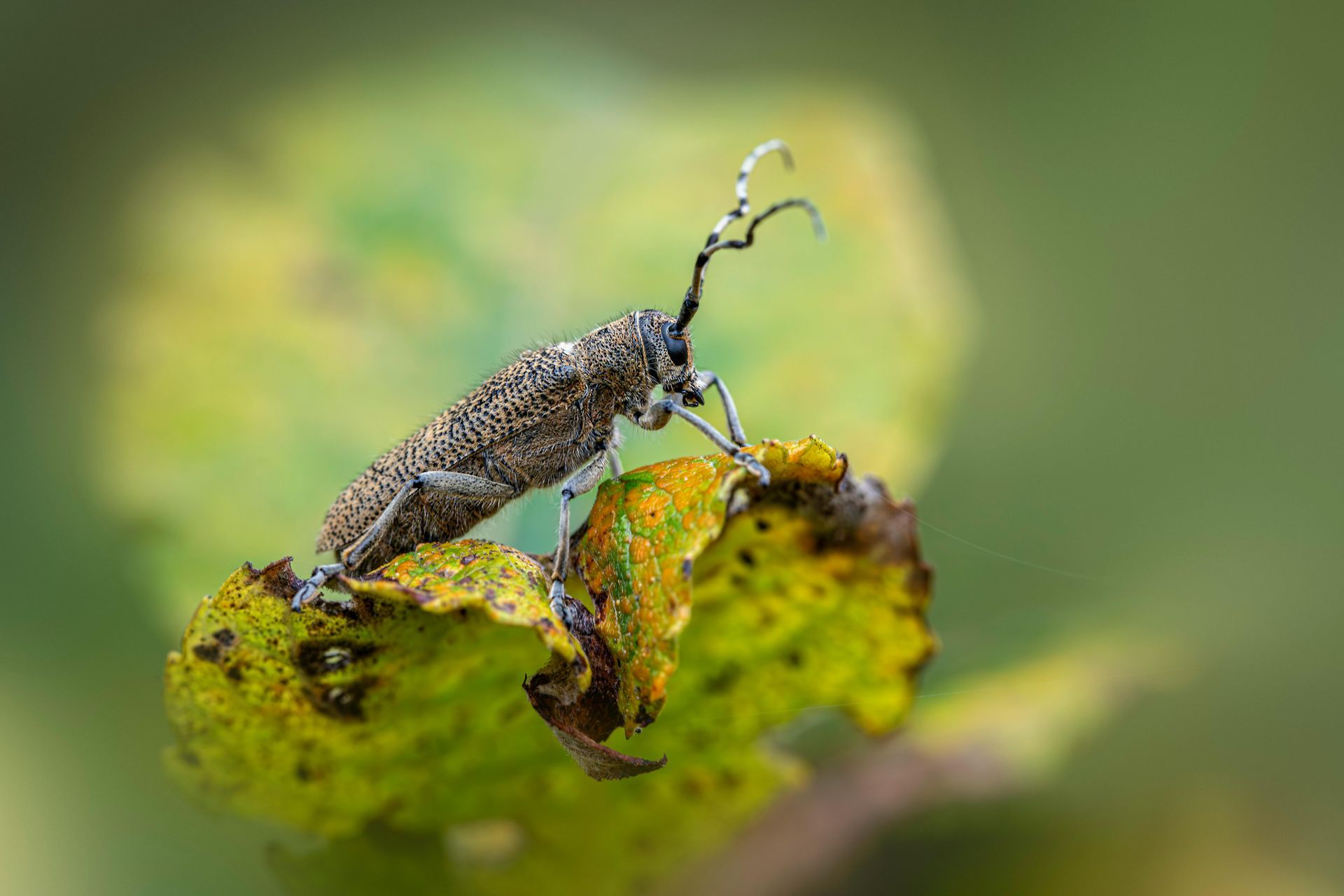
Aphids
- Commonly Found on: Roses, crepe myrtles, viburnums, euonymus, hawthorns, pines, and more
- Active in: Spring and fall
Aphids feed on plant sap with their piercing mouthparts and secrete a sticky honeydew that attracts ants and can promote sooty mold growth.
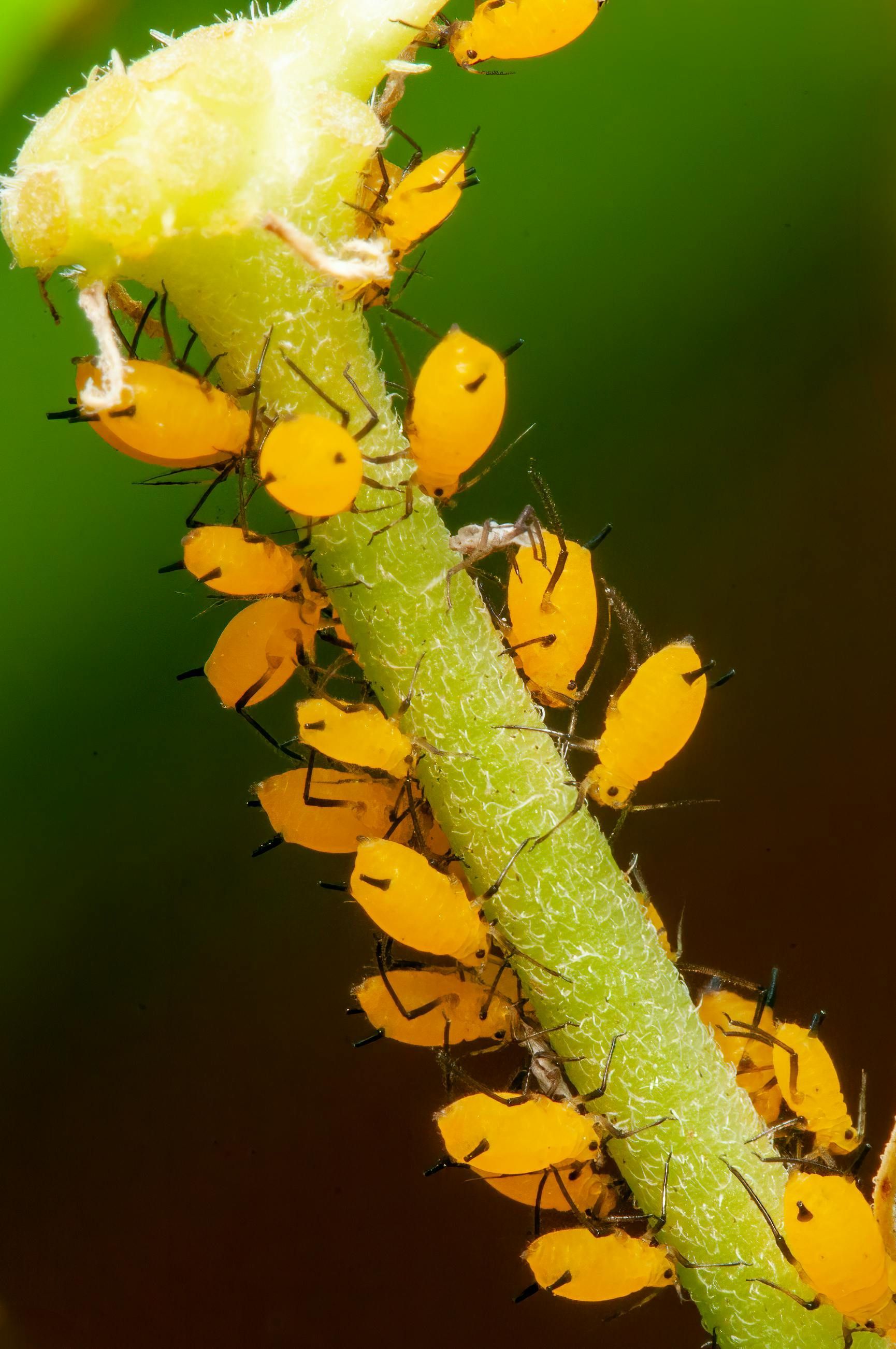
Azalea Caterpillars
- Commonly Found on: Azaleas and rhododendrons
- Active in: Late summer to early fall
These colorful caterpillars can completely defoliate plants before being noticed. They are known for their striped bodies and reddish feet.
Spittlebug
- Commonly Found on: Evergreens, arborvitae, Leylands
Active in: Summer

Fall Webworms
- Commonly Found on: Native trees, oaks, elms, sycamores
- Active in: Fall
While unsightly, fall webworms typically don’t cause lasting harm to plants. Their webs change color as they age and often fall out of trees by winter.
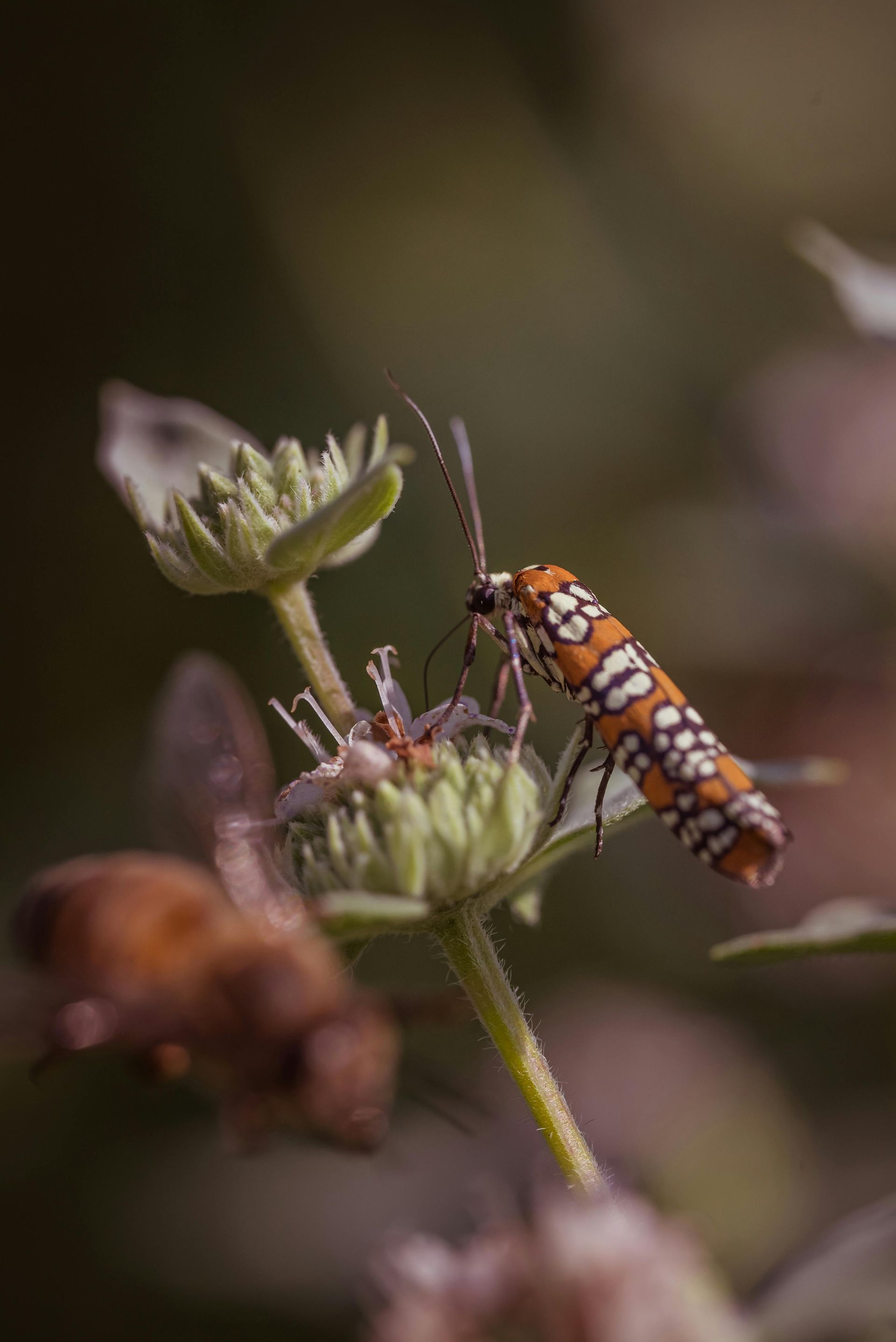
Japanese Beetles
- Commonly Found on: Crepe myrtles, roses, grapevines, and over 300 other plants
- Active in: Late spring and early summer
Japanese beetles feed on plants in the morning, returning to turf in the afternoon to lay eggs. While they won’t kill plants, they can skeletonize leaves, causing cosmetic damage
Lace Bugs
- Commonly Found on: Azaleas, evergreens, rhododendrons, sycamores
- Active in: Spring and fall
Lace bugs may not cause significant harm but can lead to premature leaf drop, yellowing, and poor plant growth when present in large numbers.
Leaf Miners
- Commonly Found on: Boxwoods, hollies, birch, oak trees
- Active in: Summer and early fall
Leaf miners damage leaves with their distinctive squiggly patterns, leading to unsightly and weakened plants.
Mealybugs
- Commonly Found on: Abelia, roses, oak trees, and more
- Active in: Summer
Mealybugs feed on plant sap and secrete a waxy coating that protects them. When established, they can be difficult to manage, requiring biological control options.
Oakworms
- Commonly Found on: Oak, hickory, birch trees
- Active in: Late summer to early fall
Oakworms cause localized defoliation by skeletonizing leaves. Pruning the affected areas usually resolves the issue.
Sawfly Larvae
- Commonly Found on: River birch, conifers, roses, azaleas, elm, and woody ornamentals
- Active in: Late spring
Sawfly larvae are often mistaken for wasps. They feed on leaves, causing damage similar to caterpillars.
Scale Insects
- Commonly Found on: Euonymus, golden euonymus, hollies, magnolias
- Active in: Spring and early summer
Scale insects come in various forms and can cause significant damage to plants by limiting new growth and causing yellowing leaves.
Spider Mites
- Commonly Found on: Junipers, arborvitae, hollies, boxwoods, roses
- Active in: Spring and fall
Spider mites are tiny but cause significant damage by creating webs and feeding on plant tissues, leading to yellowed and damaged leaves.
Whiteflies
- Commonly Found on: Gardenias and various vegetables, including tomatoes, eggplants, peppers, and okra
- Active in: Summer
Whiteflies produce honeydew that attracts sooty mold and causes damage to the plants they infest.
Woolly Aphids
- Commonly Found on: Roses, crepe myrtles, viburnums, euonymus, hawthorns, hackberry, pines
- Active in: Spring and fall
Woolly aphids produce a waxy coating that makes them appear fuzzy. They can cause leaf yellowing, curling, and sooty mold growth.
Willow Leaf Beetles
- Commonly Found on: Weeping willows, poplar trees
- Active in: Spring and summer
Willow leaf beetles feed on the tender parts of leaves, skeletonizing them. Their damage is cosmetic but still noticeable.
Bagworms
- Commonly Found on: Trees and shrubs, including evergreens
- Active in: Late spring through summer
Bagworms feed on foliage, causing defoliation and weakening branches. They create protective silk bags that blend with the leaves, making infestations difficult to detect. Left untreated, severe infestations can lead to plant decline or death.

Contact us any time
Don’t let harmful insects damage your trees and shrubs. If you’ve noticed any signs of pest infestation, contact Titan Pest Defense for expert pest control solutions. We’ll help keep your plants healthy and thriving
